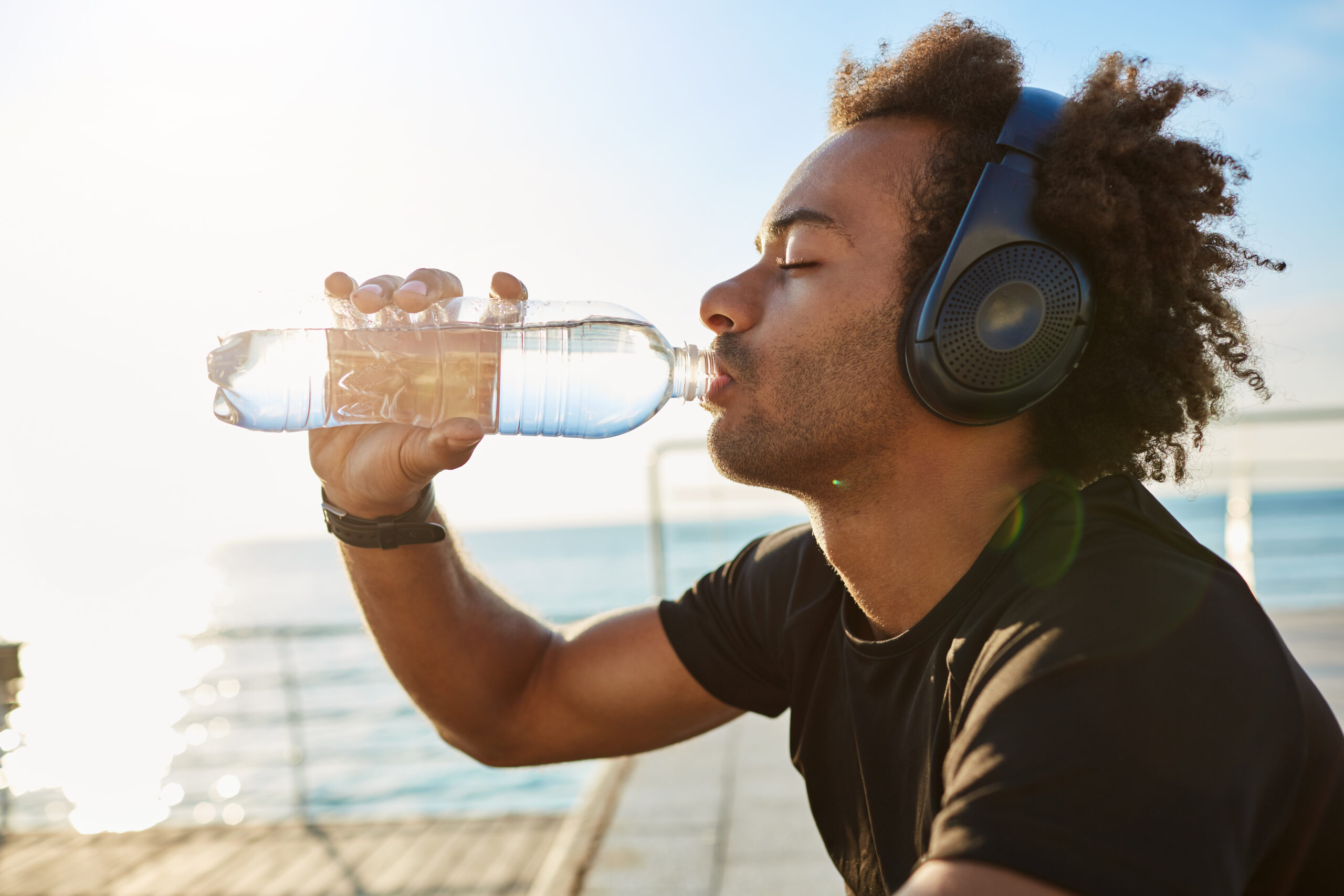
When temperatures soar, your body kicks into high gear to maintain a stable internal environment. Whether you’re powering through a morning jog or simply navigating a hot day, staying hydrated is essential—not just for your physical energy, but for your focus and mental clarity too.
But hydration goes beyond just drinking water. When you sweat, your body loses vital fluids and electrolytes—minerals like sodium, potassium, and magnesium—that help regulate muscle function, nerve signals, and fluid balance. Without replenishing both water and electrolytes, especially during physical activity or in the heat, your body’s performance and safety can be compromised.
Even mild dehydration—just a 1–2% loss in body weight from water—can reduce endurance, cause early fatigue, and affect your body’s ability to cool itself. As fluid loss increases, so does the risk of more serious heat-related issues like cramps, heat exhaustion, or even heat stroke. Understanding the role of both water and electrolytes is key to staying healthy and performing at your best in warm conditions.
Electrolytes are essential minerals that carry an electric charge when mixed with water. They’re present in your blood, sweat, and urine, and play a critical role in keeping your body functioning properly. Here’s what they do:
The aim is to restore what your body loses, and with some simple planning, you can stay properly hydrated during any outdoor activity, regardless of the temperature. Here how;
Sip consistently, not just when you’re thirsty – Thirst is often a delayed signal—by the time you feel it, dehydration may have already started. Build small habits like drinking a glass of water when you wake up, before meals, and after spending time in the sun.
Load up on hydrating foods – Many summer fruits and vegetables have high water content and contain natural electrolytes:
Pair fluids with electrolytes – If you’re sweating a lot, especially during exercise or on hot days, plain water might not be enough. Add an electrolyte tablet to your water or enjoy a drink with sodium and potassium.
Cool your body from the inside out – Enjoy chilled herbal teas, infused waters with cucumber or mint, or make smoothies with hydrating fruits. These can offer fluid and nutrients while helping regulate body temperature.
Don’t skip salt if you’re sweating – Sodium plays a key role in fluid absorption and retention. After intense physical activity or long hours in the heat, modest sodium intake can help you rehydrate more effectively.
Watch your environment – Stay mindful of heat exposure—hydration needs go up with sun, wind, or dry air. Always carry a reusable water bottle when outdoors or traveling.
Water fuels your body. Electrolytes keep it in sync. This summer, don’t just drink more—drink smarter. Your body loses both fluids and essential minerals through sweat, especially in the heat. Replenishing water and electrolytes together support energy, focus, muscle performance, and overall balance. Hydrate with purpose to stay cool, strong, and sharp.